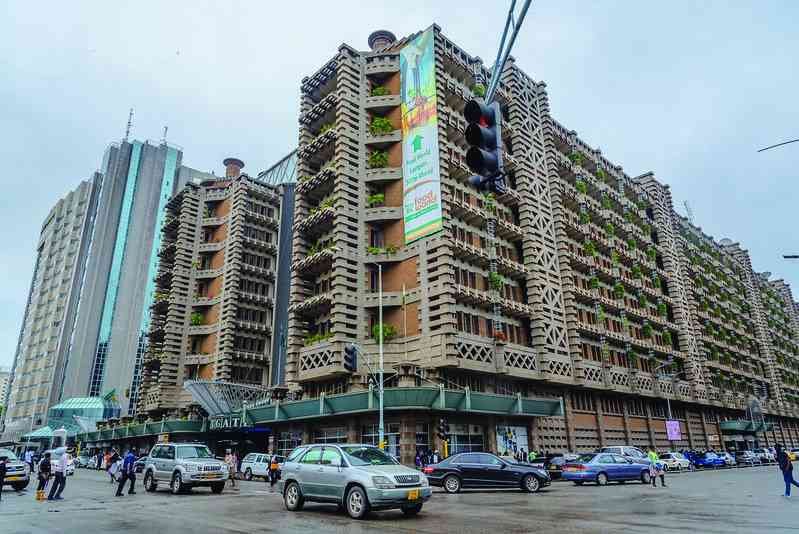As the world grapples with the accelerating challenges of climate change, resource depletion, and urbanisation, the construction industry stands at a crossroads.
Traditional building methods have often prioritised short-term gains, with little regard for their long-term environmental impact.
However, the rise of green building and sustainable architecture has introduced a paradigm shift, emphasising environmentally responsible construction practices that can mitigate the effects of climate change, conserve resources, and improve the well-being of building occupants.
These principles are not just theoretical; they are already being realised in cities around the world, including at the Eastgate Mall in Harare, which stands as a testament to how sustainable design can be seamlessly integrated into urban environments.
The adoption of sustainable architecture is increasingly seen as a business imperative.
For companies, embracing green building practices is not just about reducing the carbon footprint.
It is about futureproofing their operations, reducing operational costs, and improving corporate reputation.
As governments, investors, and consumers become more environmentally conscious, businesses are under mounting pressure to adopt more sustainable practices.
Green buildings, with their focus on energy efficiency, water conservation, and resource optimisation, offer a viable solution to this challenge.
For companies looking to stay competitive, investing in sustainable design and construction is not just a responsible choice.
It is a strategic move.
Further, one of the driving forces behind the rise of green buildings is the growing awareness of the environmental impact of traditional construction methods.
The construction industry is one of the largest contributors to global greenhouse gas emissions, accounting for roughly 39% of total emissions worldwide, according to the Global Alliance for Buildings and Construction.
This figure includes emissions from the construction process itself and the operation of buildings once they are completed.
As the world moves toward carbon neutrality, building with sustainability in mind is no longer a choice, it is a necessity.
Energy efficiency is a cornerstone of green building design.
From solar panels to high-performance insulation, modern technologies have made it easier than ever to reduce a building’s energy consumption.
Many green buildings now feature smart technologies such as automated lighting systems, motion sensors, and energy-efficient systems that adjust based on real-time data, ensuring that energy is only used when needed.
These innovations, combined with passive design strategies like strategic building orientation and natural ventilation, help create buildings that not only use less energy but also reduce dependence on non-renewable resources. 🔗 Read Full Article
All Zim News is a central hub for all things Zimbabwean, curating news from across the country so no story is missed.
Alongside aggregation, our team of nationwide reporters provides real-time, on-the-ground coverage.
Stay informed and connected — reach us at admin@allzimnews. com.
